01
Why is the fruit tree autumn fertilizer base time determined around September 10?
Because the autumn shoots of fruit trees stopped for about 10 September, the roots entered the peak of growth, so at this time the roots of fertilized fruit trees were the most absorbed and the fertilizer utilization was the highest. According to our application practice, Qiushi Shifei began on August 25th and ended on September 10. Fertilization after September 20, the later the effect, the worse.
02
How is the formula of fruit tree autumn application base determined?
Fruit trees, like other crops, require not only NPK but also medium amounts of calcium, magnesium, sulfur, silicon, and trace elements such as zinc, iron, boron, molybdenum, manganese, and rare earth elements. Although the demand for each element varies, they have different roles and cannot be replaced.
Therefore, in the fertilization formula, we must take these elements into consideration. This is the “big pot full nutrition” fertilization technology that we promote. Practice has proved that the orchard, lobular disease, yellow leaf disease and mosaic disease are basically eliminated in the orchard that has been fertilized for two years by the "big pot".
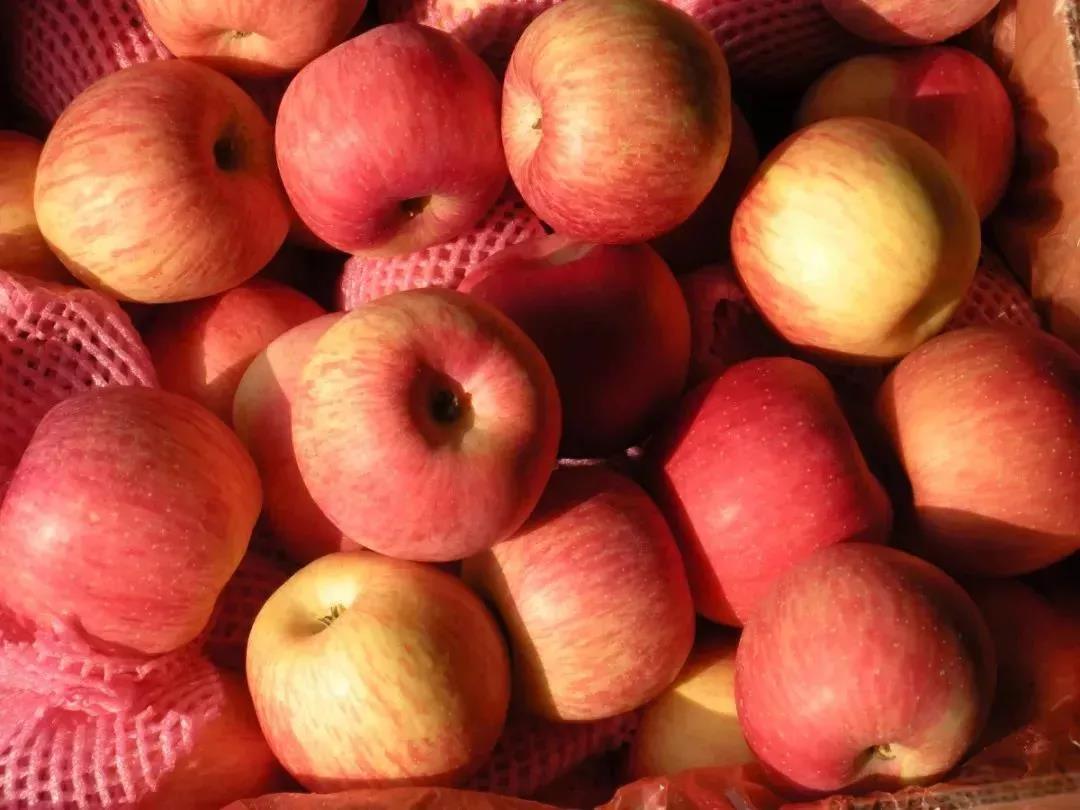
03
What is "big pot full nutrition" fertilization?
"Big pot full nutrition" fertilization is to simplify the complex fertilization theory. As long as you know the traditional cuisine of "big pot", you know what formula is fertilizing.
The melon cabbage in the cauldron can be compared to a large amount of elements nitrogen, phosphorus and potassium;
Kelp, vermicelli, tofu and pork belly can be compared to medium amount elements sulfur, magnesium, calcium and silicon;
Oil salt sauce vinegar MSG can be compared to trace elements such as zinc, iron, boron, molybdenum and rare earth.
Although these nutrients vary in dosage, they have different effects and must be matched.
04
What are the effects of various fertilizers in the fruit tree formula?
A large amount of element potassium sulfate compound fertilizer. The ratio of NPK is 25-13-7 or 18-16-9, mainly nitrogen and phosphorus, followed by potassium.
Because the nutrients of the autumn base fertilizer are stored in the roots and trunks of the fruit trees, and the return of nutrients from the leaves, the flower buds in the spring of the next year are full, and the quality is high. Fruit trees need to consume more than 60% of the nitrogen required for the whole year before the spring shoots stop, which is the main reason for the high nitrogen content of the autumn base fertilizer.
The organic fertilizer is preferably applied with fulvic acid, which exhibits the following characteristics on crops:
The first is to improve the drought resistance of crops, because the fulvic acid inside can regulate leaf stomata and reduce water transpiration;
Second, it can significantly increase chlorophyll content and promote photosynthesis;
Third, it can promote root growth, enhance root activity, and improve the cold resistance, drought resistance and mites resistance of fruit trees;
Fourth, in combination with chemical fertilizers, it can act as a slow-release agent to prevent nutrient leakage, improve fertilizer utilization, and eliminate soil compaction;
The fifth is to increase the sugar content of the fruit and improve the quality. Beneficial bacteria can inhibit soil-borne diseases and decompose the nutrients that are fixed in the soil.
Medium trace elements. According to the fact that the fruit tree needs fertilizer to supplement the trace elements, including 16 kinds of medium and trace elements such as calcium, magnesium, silicon, sulfur, zinc, iron, boron, manganese and molybdenum and rare earth. This fertilizer has a great effect, but it is easily overlooked by fruit farmers.
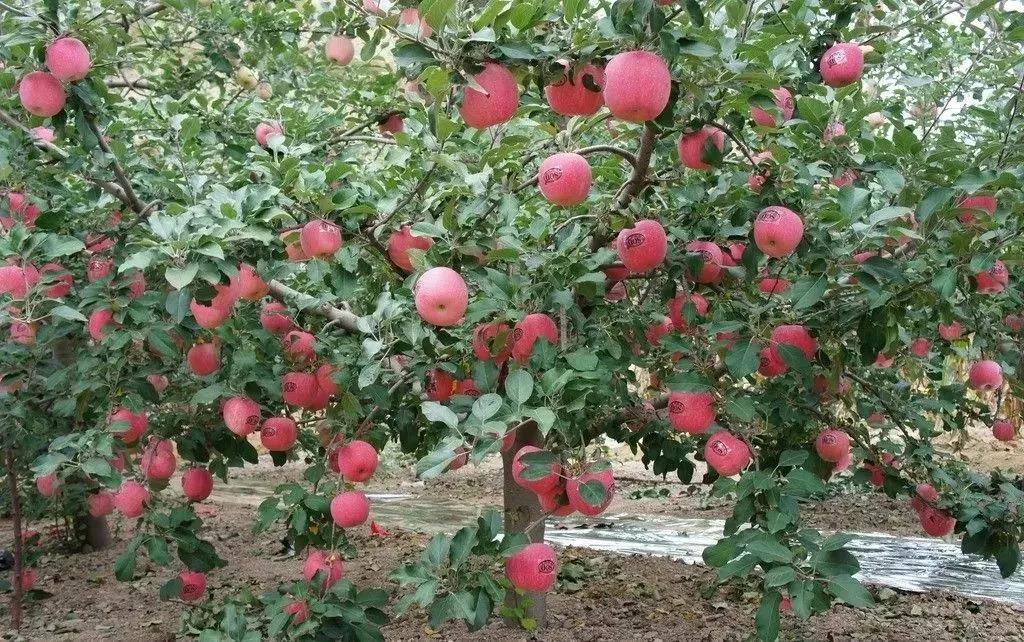
05
How is the amount of fertilization determined?
According to the fertilizer requirement of fruit trees, the nutrient elements required for each corresponding fruit are different. For example, the ratio of demand for NPK to apples and pears is 2:1:2, and that of peach trees is 5:2:8.
Taking apples as an example, for every 100 kilograms of apples produced, 1.12 kilograms of pure nitrogen, 0.48 kilograms of pure phosphorus, and 1 kilogram of pure potassium are required. In addition, soil fertility status, tree potential, and load are the basis for determining the amount of fertilization.
The amount of fertilization arranged by the autumn-based base fertilizer is determined according to the mature tree, and the tree can be increased or decreased as appropriate. 100 kg of potassium sulfate compound fertilizer per acre (25-13-7 or 18-16-9); 80-200 kg of high-quality bio-organic fertilizer (containing biochemical fulvic acid) (based on the application of organic fertilizers , appropriate adjustment), medium and trace element fertilizer 20 kg, these fertilizers can be blended evenly, now mixed.
06
Why should the orchard vigorously promote the shallow ditch platform?
The fruit tree only needs two flood irrigations during the whole growth period, one is before flowering and the other is after fruit picking.
In addition, flower bud differentiation and control of shoots require moderate drought, and shallow ditch can solve the confusion of not being able to pour small water. In addition, shallow ditch platform can also improve the surface area, lead the root system deeper, and improve the microclimate of fruit trees. Therefore, the shallow ditch platform is the key link to realize the apple-free stripping without size.
。
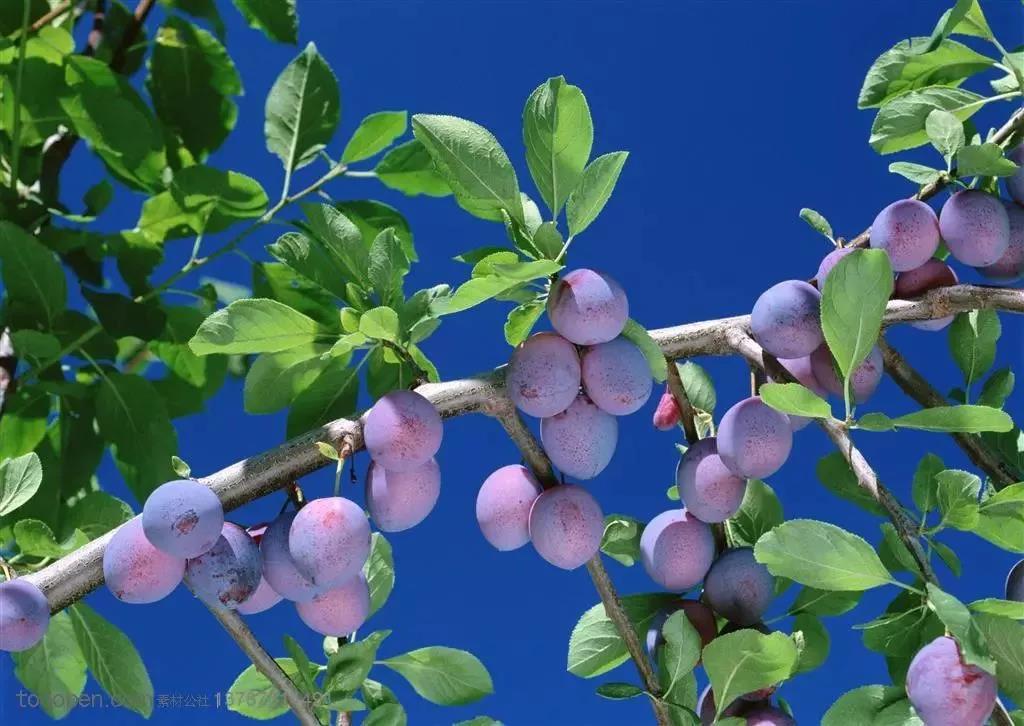
07
Why should the potassium fertilizer not be too much?
The purpose of Qiu Shiji Fertilizer is to accumulate the storage and nutrition of fruit trees. The spring shoots, flowering and young fruit formation in the coming year are all stored nutrients. The annual nutritional needs of fruit trees consume about 60% of the annual nitrogen, 20% of phosphorus, and 10% of potassium in spring.
Therefore, excessive potassium fertilizer is not required for storage nutrition. In addition, potassium fertilizer and calcium have antagonistic effects, and calcium is most needed in the young fruit stage. If there is too much potassium fertilizer in the autumn application base fertilizer, it is prone to calcium deficiency and affect the fruit surface. Therefore, the potassium fertilizer in the autumn Shiji fertilizer should not be too much.
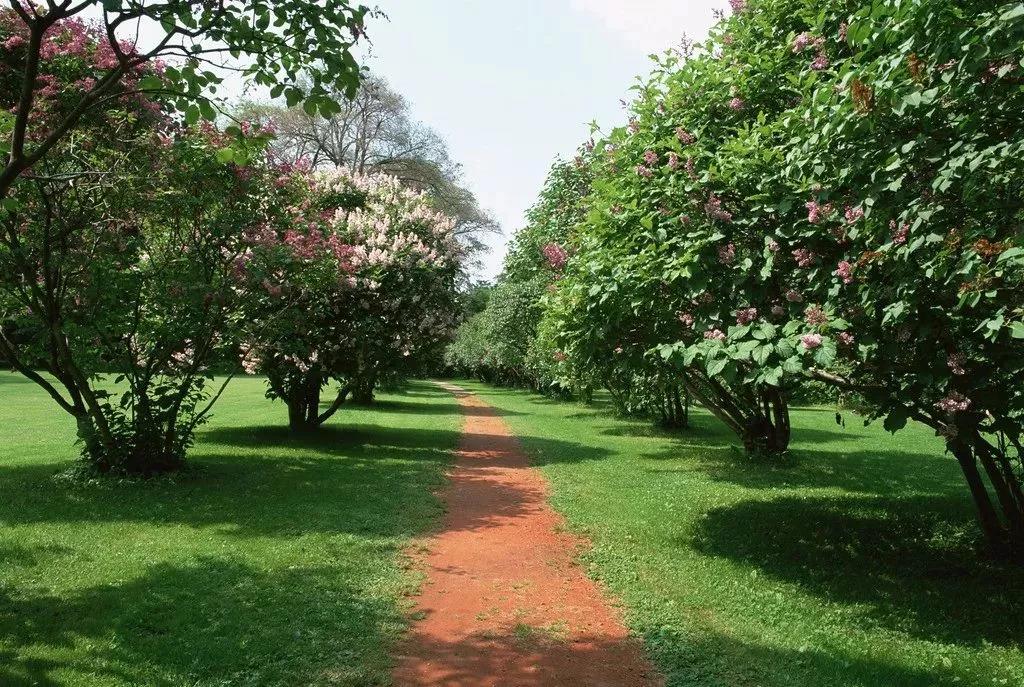
08
Why is excessive application of phosphate fertilizer easy to get deficiency syndrome?
At present, the deficiency syndrome in Xingtai fruit area is relatively serious, which is related to the excessive application of phosphate fertilizer. Because most of the phosphates are insoluble in water, if the phosphate is too much, the metal cations in the soil will be fixed, resulting in a deficiency phenomenon. Therefore, the application of phosphate fertilizer should be appropriate.
09
Why is it not appropriate to apply nitrate nitrogen fertilizer to fruit trees?
The nitrate nitrogen fertilizer exists in the form of an anion, and the soil colloid is also an anion. Therefore, the nitrate nitrogen fertilizer cannot be adsorbed by the soil alternately. At the same time, the nitrate nitrogen fertilizer has a fast activity in the soil, which tends to cause fruit trees to sprout, crack fruit and bitter pox disease. .
In addition, excessive nitrate nitrogen can also pollute the environment, so the application of nitrate nitrogen fertilizer and compound fertilizer containing nitrate nitrogen fertilizer is not advocated in the orchard.
10
The specific method of fruit tree autumn application base fertilizer?
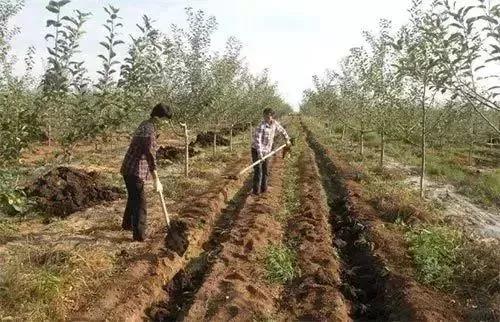
Type and quantity of base fertilizer applied
The type of base fertilizer is usually mainly delayed organic fertilizer, such as humic acid, compost, manure, manure, manure, compound fertilizer and green manure, crop straw, weeds, branches and leaves, etc., supplemented by quick-acting fertilizer and medium-micro fertilizer. Biological bacterial fertilizer, so that the combination of delayed effect fertilizer and quick-acting fertilizer complement each other.
Nitrogen, phosphorus and potassium fertilizers should be combined with each other in chemical fertilizers, but it is not suitable to apply too much quick-acting nitrogen fertilizer to prevent the branches from growing up and triggering winter shoots, which is not conducive to the accumulation of nutrients in fruit trees and the improvement of flower bud quality.
Fertilization method
The production is combined with deep-turning and soil-changing, using annular ditch application, radial ditch application, and ditch fertilization.
Ring groove application: In the outer edge of the vertical projection of the canopy, dig a 50cm wide circular groove, mix the fertilizer and soil evenly into the ditch, and cover the trench in time. This method is mostly used for saplings.
Radial ditch application: starting from the trunk, starting from 1m from the tree, digging 4~8 fertilization ditch outwards, up to 50cm inside and outside the canopy, the depth of the ditch is 15cm near the trunk, and gradually deeper to 50cm. The law applies to adult fruit trees.
Gully fertilization method: dit deep and wide about 50cm on the opposite sides of the canopy. The ditch length depends on the size of the canopy. Fertilization should be rotated year by year. This method is often used in densely planted orchards.
11
Precautions?
When applying farmyard manure, be sure to be decomposed!
The order of fertilization is to apply organic fertilizer and biological bacterial fertilizer first, and then apply compound fertilizer and medium and trace element fertilizer after backfilling the topsoil.
This aspect of hydration should also be followed up in a timely manner. The combination of water and fertilizer will help improve fertilizer efficiency.
Contact: Mr. Ma
Phone: +86-0374-5699688
Tel: +86-0374-5699688
Email: [email protected]
Add: Fine Chemical Industry Park, Jianan District, Xuchang, Henan, China